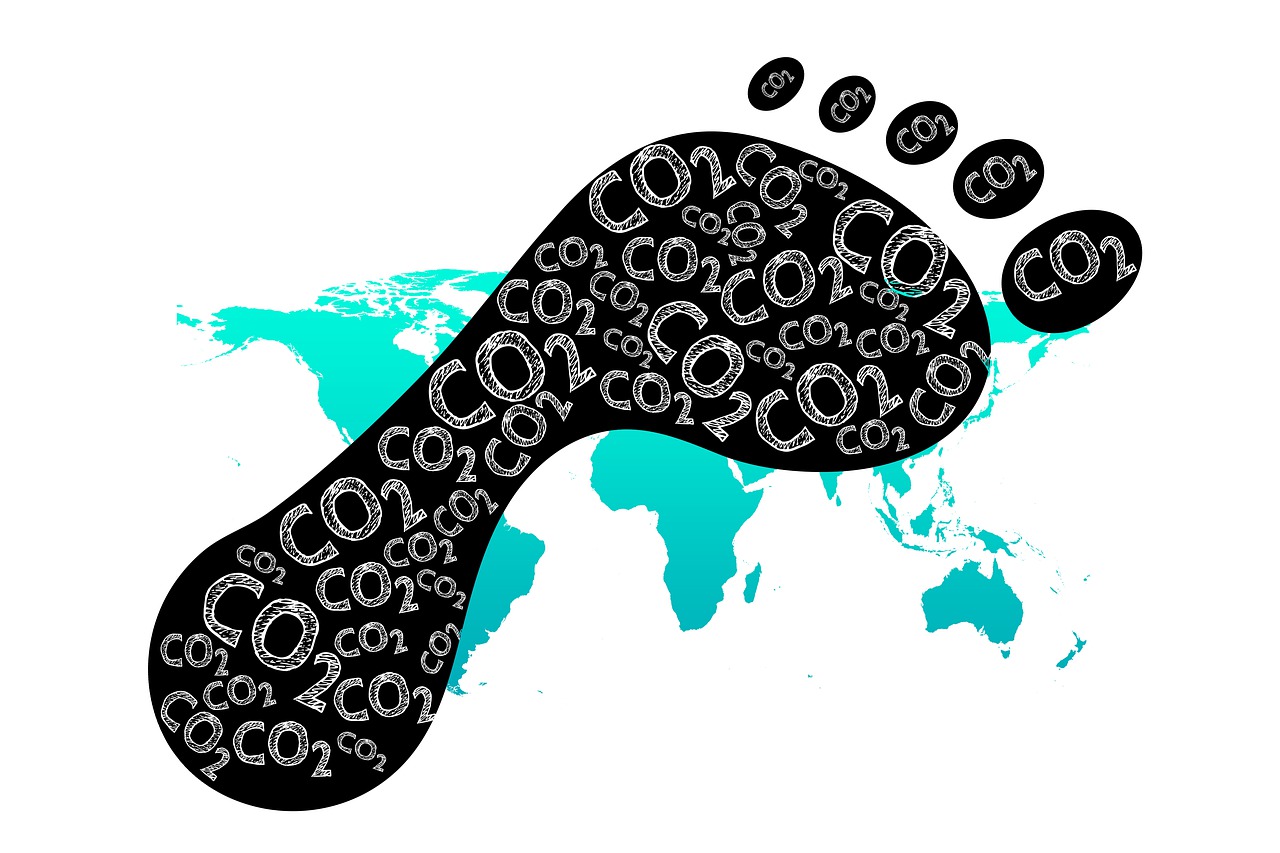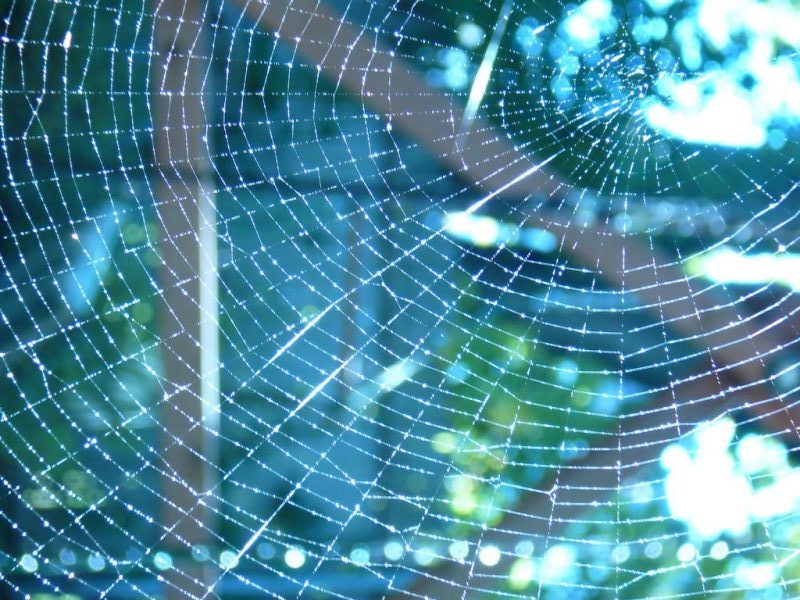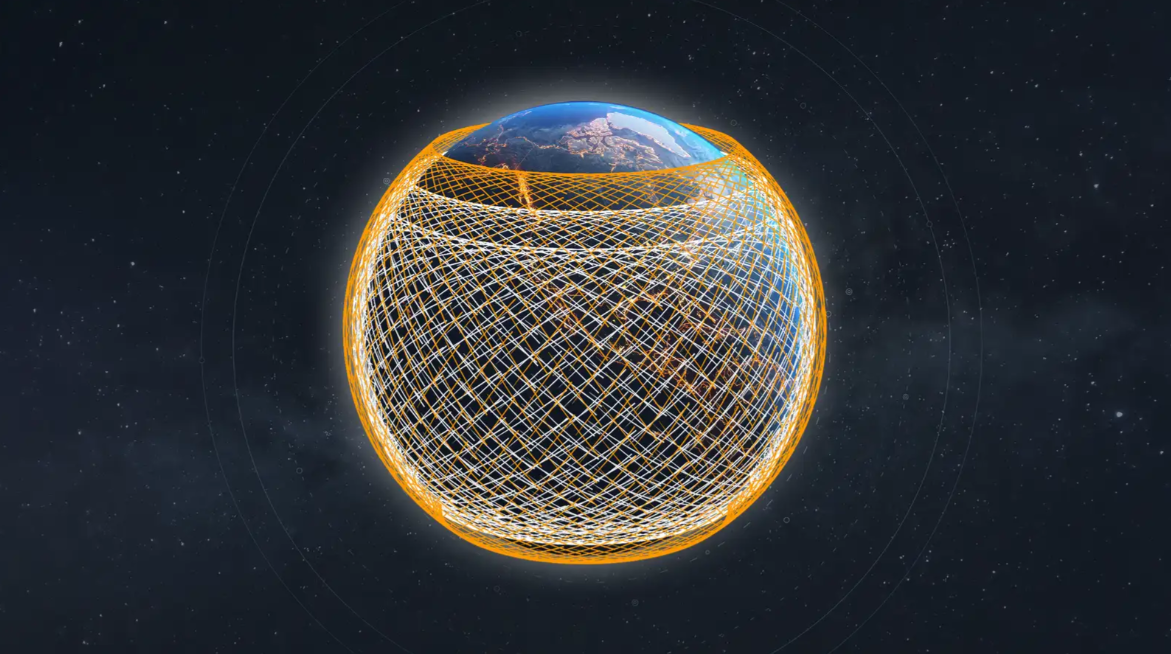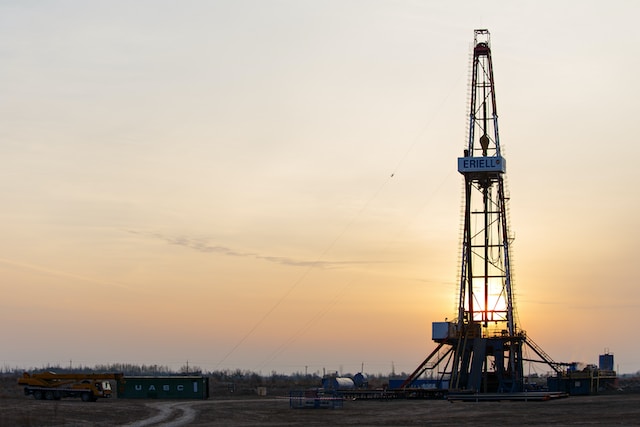Today’s farmers and horticulturalists make use of a wide variety of modern technologies, with many new and experienced growers, alike, making the switch to using greenhouses instead of growing outdoors.
Thankfully, plenty of innovators are stepping up to provide these greenhouse growers with the tools they need to increase yields, improve crop quality, and ensure market success.
Read on to find out about the most promising of these advancements.
Specialized Seeds
With so many farmers and growers taking advantage of modern greenhouse technologies, seed banks have begun to breed plants that perform optimally in indoor environments.
Cannabis growers who want to increase their yields can go try out i49 to find seeds that have been bred with specific growing environments in mind. Vegetable farmers and flower enthusiasts can find similar resources online.
Energy-Efficient Lighting
Greenhouse growers can harness the power of the sun to provide light for photosynthesis, but those who live far from the equator must supplement light if they want to grow year-round.
Programmable LED fixtures provide a perfect solution for energy-efficient lighting. Some are designed to be set using timers, while others sense light levels and adjust brightness accordingly. High-end LED fixtures now feature everything from microprocessors and application programming interfaces (APIs) to WiFi capability, although all those bells and whistles aren’t generally necessary for small-scale grows.
CO2 Enrichment
There’s still some debate about the safety of CO2 enrichment, but that it is an effective way to boost production in the greenhouse and indoor growing environments. That’s because increasing CO2 levels decrease the oxygen inhibition of photosynthesis, supporting increased growth rates, especially at high light levels and temperatures.
With proper ventilation control, gardeners and growers can safely use CO2 enrichment to increase plant height, the number of leaves and lateral branches on each plant, and the number of flowers produced.
Increased Reliance on Smart Systems
Smart greenhouses utilize modern artificial intelligence (AI) technology coupled with extensive systems of sensors to optimize growing environments. Some commercial producers have already automated everything from lighting to irrigation, and this trend is expected to continue in the coming years.
Relying on technology to monitor growing conditions and make changes appropriately to maximize yields for specific plants is a great way to take the guesswork out of farming and gardening, so expect to see plenty of continued innovation in this field.
Solar Energy
Since greenhouses are already located in areas that get full sun, it only makes sense that many of them are beginning to transition over to solar energy. Greenhouses equipped with both solar panels and battery banks can get all the power they need to run lights, fans, sensors, and even HVAC equipment provided the solar system is sized appropriately.
Using solar technology not only increases the energy independence of greenhouses but also allows growers to place them in any sunny location without having to worry about easy access to the power grid.
The Bottom Line
Technology changes fast in the modern world, and greenhouse technology is no exception. Greenhouse growers can expect to see plenty more innovation in the field as smart greenhouses continue to catch on and the technology required to run sensors, monitors, and fully-automated plant support systems become more affordable.
Those just getting started with greenhouse gardening should still learn the basics, though, because all the technology in the world won’t decrease the need for high-quality inputs like healthy soil, pure water, and viable seeds.







